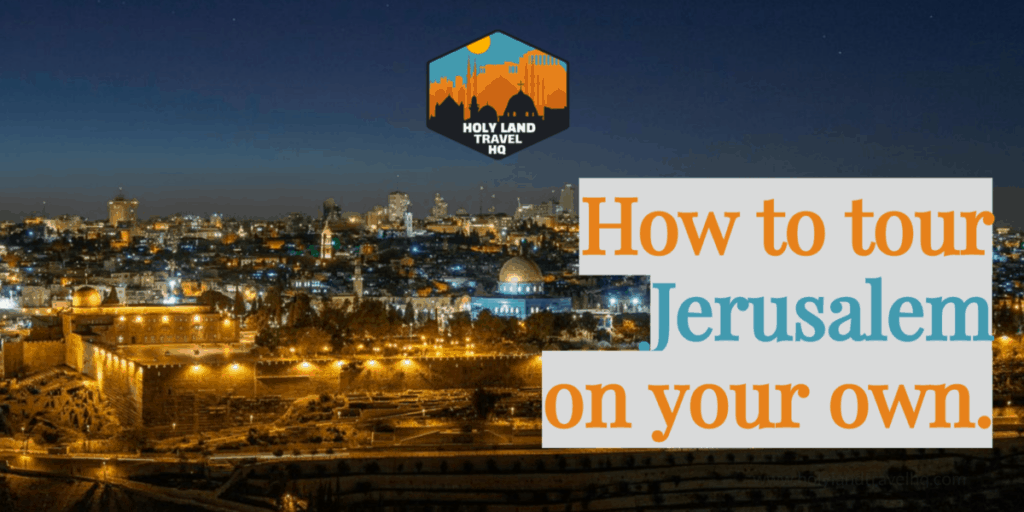
For some of you, a tour package or church group might not be the right fit. Maybe your schedule doesn’t match up. Or you suddenly get sent on a business trip to Israel and you want to take advantage of the opportunity. And then there are those who just want to go it alone.
If any of these situations sound like you, then you’re in the right place.
Here is what you need to know to tour Jerusalem on your own. I’ll cover the rest of Israel in another post, but today let’s get into the City of Peace.
I’ll start off with the logistics of your travel, which encompasses:
- Getting to Jerusalem
- Getting around town
- Is it safe to walk around Jerusalem?
- Accommodations
- Do you need a tour guide for Jerusalem?
And then I’ll finish with an extensive itinerary (WITH MAPS). This list is not exhaustive, but it will give you a good deep dive into what is there to see.
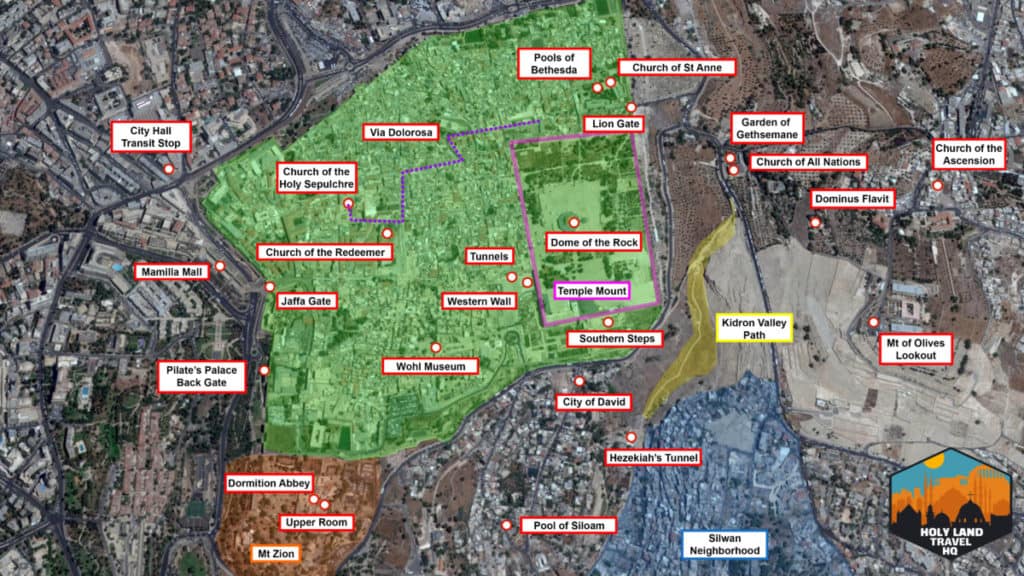
- Day 1 – Walking the Old City.
- Mount of Olives Lookout
- Church of the Ascension
- Dominus Flavit
- Church of All Nations & Garden of Gethsemane
- Kidron Valley
- The Garden Tomb – If time permits. 2/3 mile walk from St Anne’s.
- Church of St. Anne
- Bethesda Pools
- Western Wall
- The Southern Steps
- Temple Mount
- Via Dolorosa
- Church of the Holy Sepulcher
- Old City Market
- Day 2 –the Museums
- Israel Museum
- Holocaust Museum (Yad Vashem)
- Western Wall Tunnels – Must schedule a time. Recommend Evening.
- Day 3 –City of David and Mount Zion.
- City of David
- Hezekiah’s Tunnel
- Pool of Siloam
- Wohl Museum Mount Zion (House of Caiaphas)
- The Upper Room
Note: All links are direct. All Bible verses link to biblegateway.com.
Getting to Jerusalem.
There are a few ways to get to Jerusalem if you are not already there. The first is public transportation. The main bus company is called Egged. They have a direct route from Tel Aviv Central Bus station to the Jerusalem Central Bus Station. It takes about an hour and costs around $5 USD.
The Jerusalem Central Bus Station is about a 2-mile walk to the Old City.
Egged has routes all over the country. For more information check out their website right here.
If you’re in Tel Aviv, want to be dropped off at the Old City, and don’t mind sharing a ride; get a Nesher Sherut. It’s a shared ride, like a Super Shuttle but a little roomier.
A Sherut is an airporter that departs from and goes to Ben Gurion Airport. It costs around $17 USD. The advantage is that it can drop you off anywhere in Jerusalem that you want. I recommend Jaffa gate, which is the Old City.
The downside is that you can only get them unscheduled from the Airport. You have to schedule a pickup for the trip back to the airport.
A taxi is the most convenient, but also the costliest. From Tel Aviv, it will run you between $60 and $80 USD.
Rental cars are also an option. Most of the major rental companies are in Israel. Avis. Budget. Hertz. (links are direct). The problem with renting is cost and parking. This is why a taxi is the most convenient.
Uber is present in Israel, but only in Tel Aviv. And regulations only allow cabs to offer the service.
Getting around town.
Once you arrive in Jerusalem, most of the sites on the itinerary below are in and around the Old City. You can draw a circle with a 3/4-mile radius and hit all but 3 of the sites on the list.
Whether you take a regular tour or do it on your own, Jerusalem’s Old City is done on foot. There is no way around it.
The Yehuda Market is about a mile up Jaffa street from Jaffa Gate. Jerusalem has a light rail system that you can catch if you want to take a break from walking. The closest stop is at City Hall, which is across the street from the northwest corner of the Old City.
The light rail only has one line. The Yad Vashem Holocaust Museum is at the southwest end of that line.
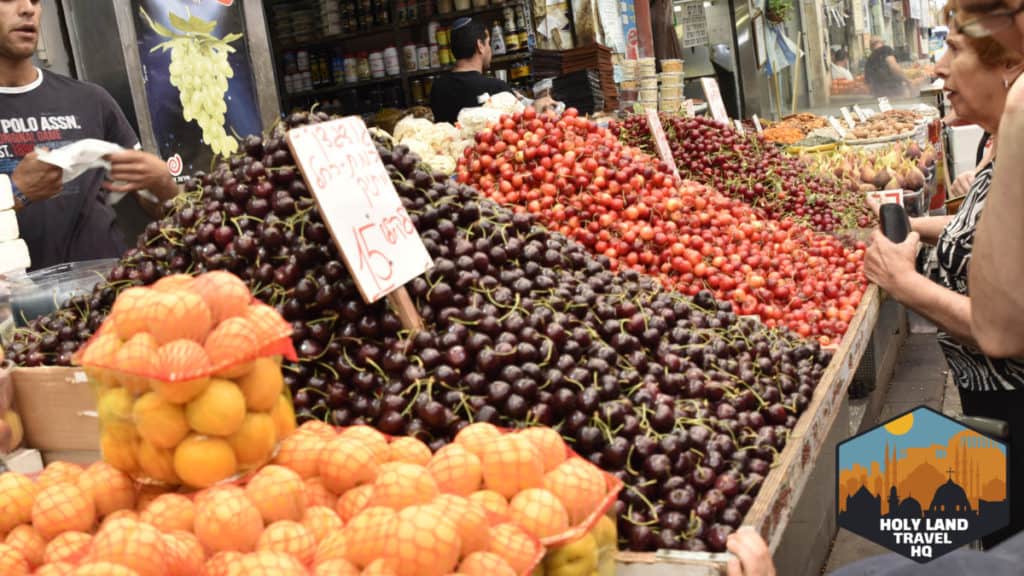
So, a good idea is to board the light rail in the morning at the City Hall stop. Take the line towards the Yehuda Market, but don’t get off. Keep going until you reach the Mount Herzl stop. Visit the Museum. Then catch the light rail back to the Old City, getting off at the Yehuda Market for lunch.
For information on Jerusalem’s bus and light rail system visit the Citypass website right here.
The Israel Museum is just under 2 miles from Jaffa gate. If you feel like walking it, feel free to do so. There are sidewalks the entirety of the route. If you don’t want to walk, you can get there by bus or taxi. The light rail does not have a stop there.
If you’ve ever rented a Lime or Bird electric scooter or bike you are in luck. Both companies are launching limited services in Jerusalem.
Is it safe to walk around Jerusalem?
Despite the impression the news portrays about Israel, Jerusalem is a very safe city. It’s probably one of the safest cities I’ve ever been to.
For a full discussion on safety in Israel, check out my post on the topic right here.
As I discuss in that post, the primary threat you will encounter is petty crime such as pickpocketing and swindling. And the majority of that is confined to the Old City and other crowded areas.
If you are walking to the Israel Museum or around town, your biggest threat is vehicle traffic. So, stay on the sidewalk and pay attention to lights and signs.
Like any city, though, Jerusalem does have its problem neighborhoods. Two areas you want to steer shy of are the Kidron Valley at night and the Silwan neighborhood.
The Silwan neighborhood occupies the southeast slope of the Kidron Valley. It’s not like southcentral LA, but it is on the soft end of that spectrum. Crime ranges from vandalism on up to clashes with police.
The conflict is primarily between the Palestinian inhabitants of Silwan and orthodox Jews who are trying to claim the land.
The Kidron Valley during the daytime is not a problem, but stay away at night time. Its steep slopes create a funnel for pedestrians on the walking path. This invites nefarious activity such as mugging.
Accommodations.
If you have more than one day, you’re going to need a place to stay. There are a couple of options. Prices vary depending on the time of year.
The first option is to stay in a hostel. If you’ve never stayed in one before, a hostel can be quite the experience.
Hostels are generally geared towards young solo travelers who want to meet new people. However, all ages are welcome, and so are groups.
Amenities can vary as well. For example, Capsuleinn has enclosed bunks with lights, electrical outlets, TV screens, and air vents. Other hostels are merely bunk rooms.
Some hostels have kitchens. And some offer nightlife and social activities.
To book, check prices, and find availability of hostels in Jerusalem, check out this filtered search at Booking.com.
The second option is a hotel. Rooms run the gamut on price. Everyone is or should be familiar with how to get a hotel room. Hotels in Jerusalem are no different than hotels in the United States or Europe.
To book, check prices, and find availability of hotels in Jerusalem, check out this filtered search at Booking.com. Or check your favorite travel site.
Air BnB is the third option. If you aren’t familiar with the latest craze in lodging, Air BnB is an online hospitality marketplace. For the most part, listings are often for full houses, apartments, or condos. But sometimes people will list rooms or granny flats.
All listings are facilitated by Air BnB but listed by the property owner.
For owners listing their properties, Air BnB is essentially a small business. As a result, customer service and amenities vary greatly.
Air BnB is basically like having your own apartment in the city for a couple of days. And you won’t get bothered by maid service.
Do you need a tour guide for Jerusalem?
If you get a good tour book and plan ahead, you don’t need a guide. But the advantage of getting a tour guide is their experience with the territory and a streamlined itinerary.
Note: Because I have not done one of these day tours in Jerusalem yet, most of my advice here will defer to an expert. After much research, I found a website named travelingisreal.com. The site is run by Oren, who is a tour guide living in Israel.
Tour guide options are plentiful. Like the guidance I gave in my post about group-tour costs, there are 3 monetary levels of day-tours. However, unlike my guidance there, which recommended the midlevel group-tours, here I’m going to advise you to stay away from the midlevel day-tours. Seek out the cheap tours or tailored tours.
Oren points out that the midlevel tours are typically designed to pick you up at your hotel. Whether it’s from Tel Aviv or Jerusalem, much time is wasted on picking everyone up. Time is also wasted on shopping.
The cheap day-tours are short and to the point. They leave from a common meeting spot and last only a couple of hours.
The luxury, or tailored individual tours, are focused. And shopping is up to you. Oren’s company facilitates these types of tours. For more information check out Shin Luxury Tours. On average a luxury tour will cost you around $200-$300 USD a day.
The two cheap level tour companies Oren recommends are Abraham Tours and the free tour at Sandeman’s New Europe Tours. The free tour is free, but not really. The guide doesn’t get paid for it, which is why it’s advertised as a tip-based tour. On average, the day tours with Abraham and Sandeman range between $20 and $60 USD.
What you will miss on a self-guided tour.
Visiting the Holy Land is a unique experience. So much has happened there throughout history. As a Christian, the sites will make your understanding of the events in the Bible more real.
A self-guided tour, or even one of the day tours discussed above, can show you these sites. But you might miss out on the backstories and biblical significance of certain spots.
I don’t know the theological bent of any of the day tours I mentioned above. Or of any tour books, you may be inclined to buy. Without a good tour leader and tour guide, you may end up merely sightseeing through one of the most fascinating, historic locations in the world.
As a Christian, the theological bent of your trip is something you should place high on your list. Oren comes across as a genuine guy, which is why I chose to mention him. However, I do not know him in order to give a full recommendation.
If you do any research, make theology a top priority. You will thank yourself.
Sites to see
Day 1 – Walking the Old City.
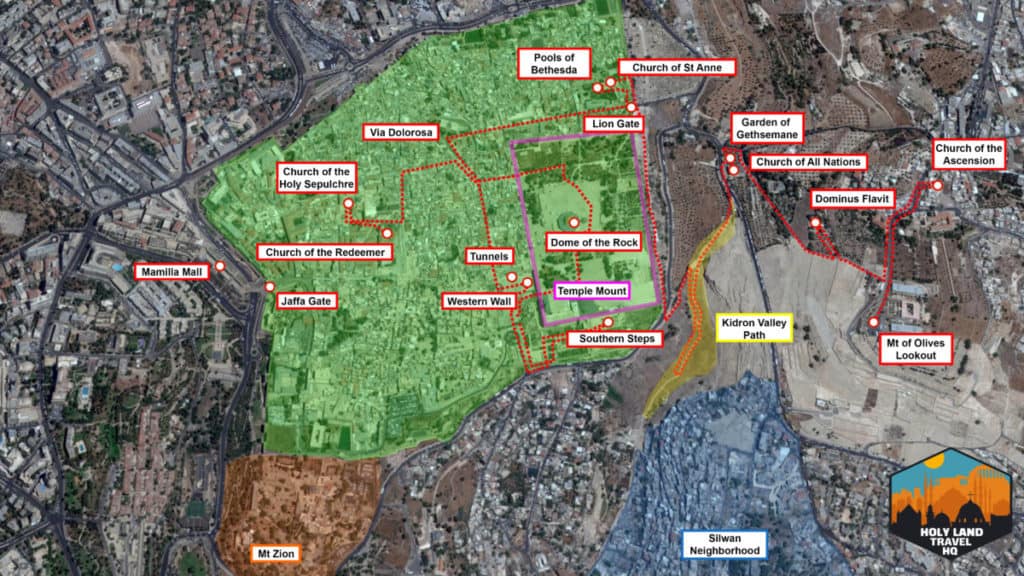
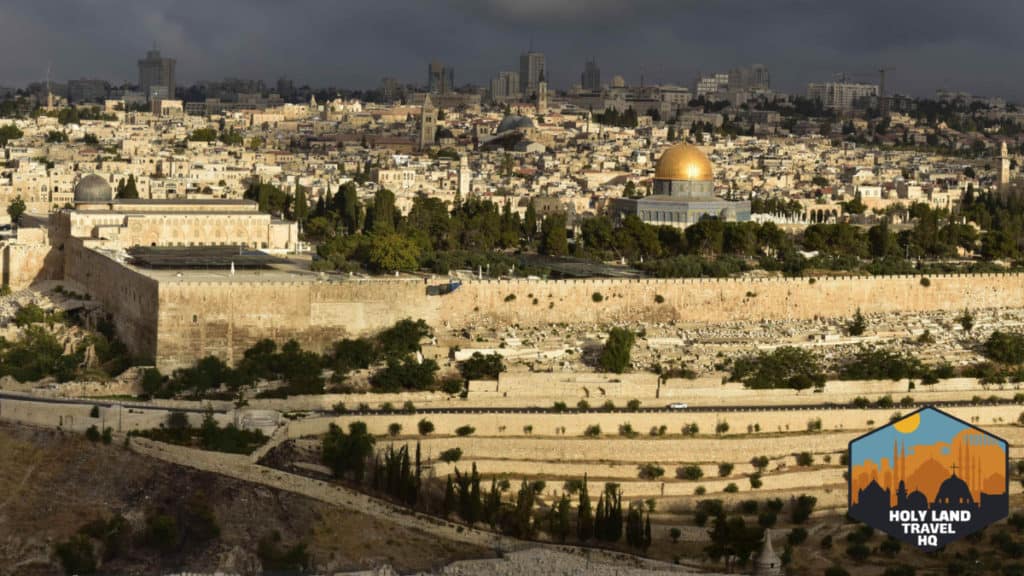
Mount of Olives Lookout – There is nothing significant about the spot, other than it provides a great view of the Old City. Groups start showing up around 7:30 or 8 am. I normally get up early to arrive by 6 or 6:30 am. The breeze across the mount and the rising sun provides a great atmosphere for a daily devotional. Or just some alone time with God. It’s also a great place to start the tour for the day.
Church of the Ascension – this is the traditional spot where Jesus ascended into Heaven after his resurrection. Something interesting about it is that it has the signature Byzantine-era octagonal shape, like the Dome of the Rock. It’s actually a mosque, but open to anyone willing to pay a fee.
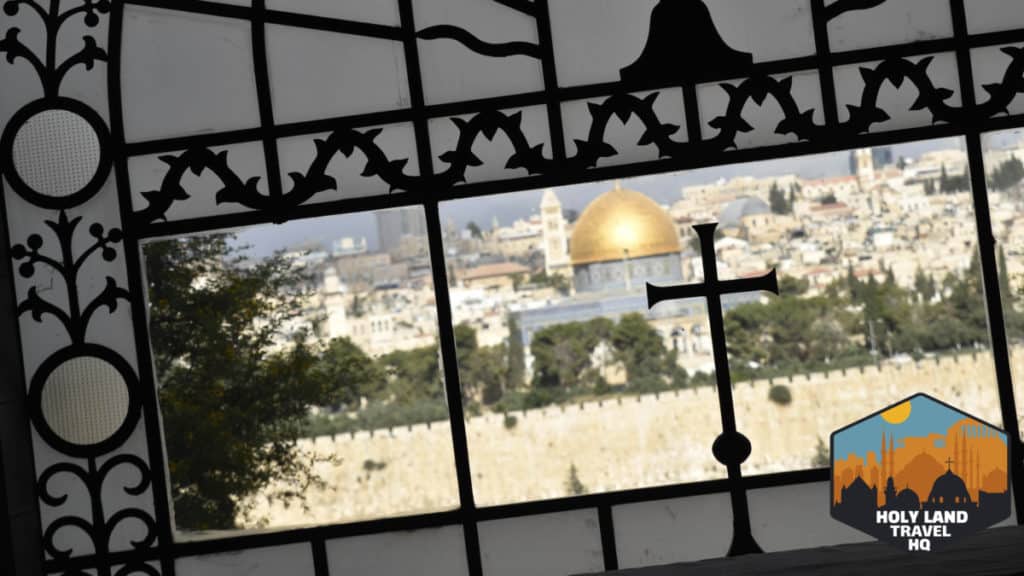
Dominus Flavit – The chapel was built in 1955 by the Roman Catholic Church. It commemorates the spot where Jesus wept. On the property is an ancient Canaanite necropolis where bodies were laid to decompose. Several sarcophagi are inside, some of which are shattered due to looting. A body in a necropolis took about a year to fully decompose. Only the bones remained and they were placed in a small box called a sarcophagus.
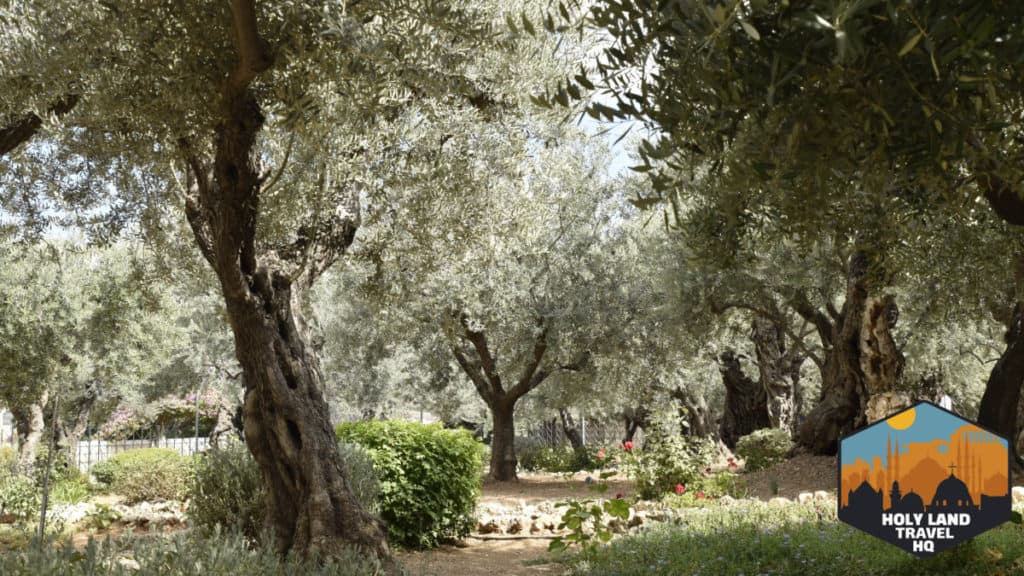
Church of All Nations (Garden of Gethsemane) – The church was built by the Roman Catholic Church and opened in 1924. Its main draw is the olive tree garden which is the traditional location for the Garden of Gethsemane.
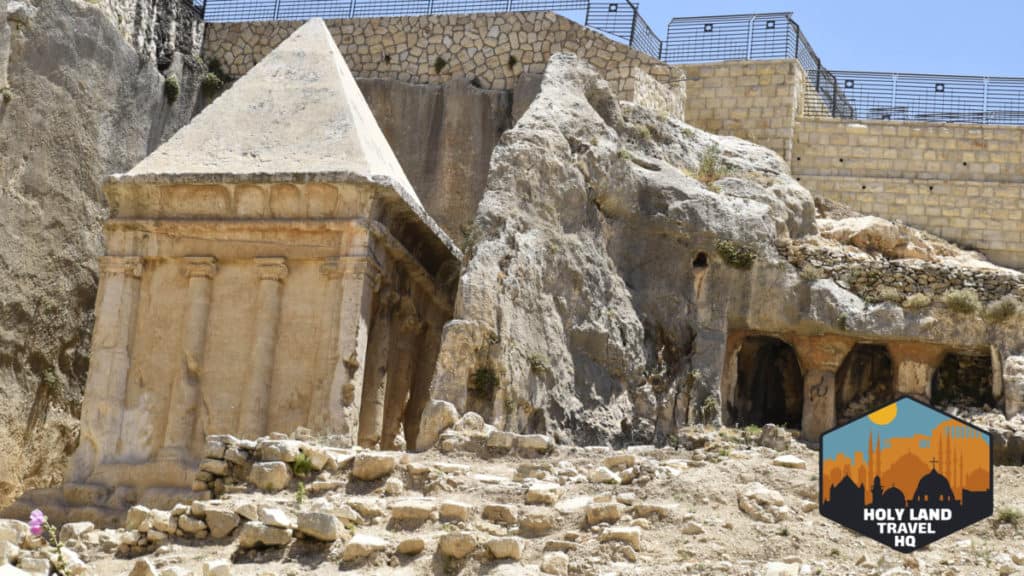
Kidron Valley – Along the walking path of the Kidron valley are a few things to see, including Absalom’s tomb. There’s a ramp that goes up to the Old City and the City of David archaeological dig. If you follow the valley down, it will meet with the Hinnom valley. Many tourists are underwhelmed by the size of the valley.
The Garden Tomb – To the north of the Old City sits a garden with a 1st century tomb in it. It’s highly unlikely this is the tomb of Jesus. What makes it interesting is the circular stone that sits at the entrance. It’s more of an example of what the tomb of Jesus looked like. This hasn’t stopped the site from being a draw for visiting Christians. There are areas for groups to gather and worship at the site. It has a rather serene atmosphere to it.
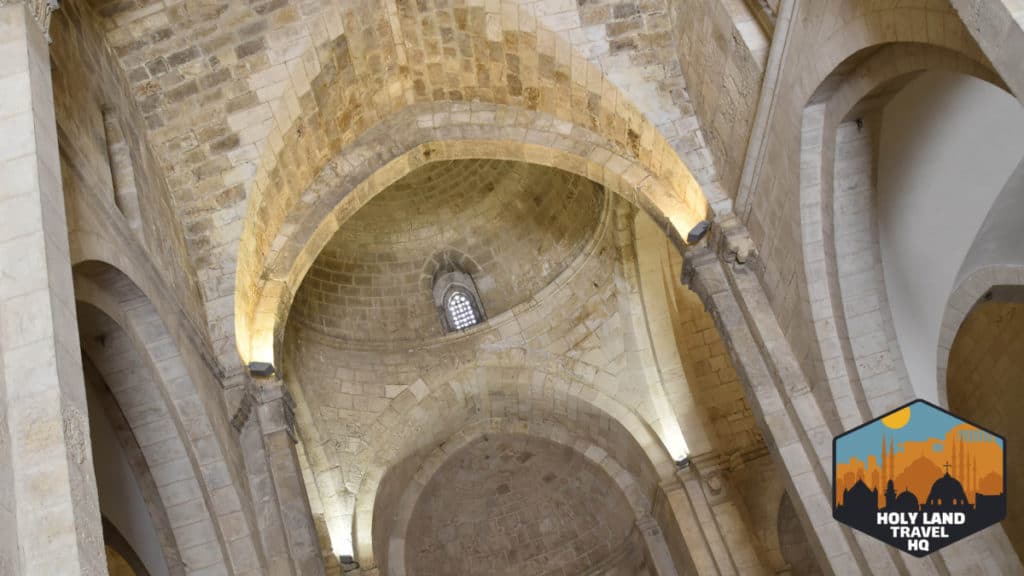
Church of St. Anne – The church was built in the 1130s CE during the crusades. It replaced a Byzantine basilica which replaced a Roman-era pagan shrine before it. Tradition holds that the childhood home of Mary, the mother of Jesus, was located on the spot. The church is known for its acoustics and is often a great place for tour guides to stop for a theological moment.
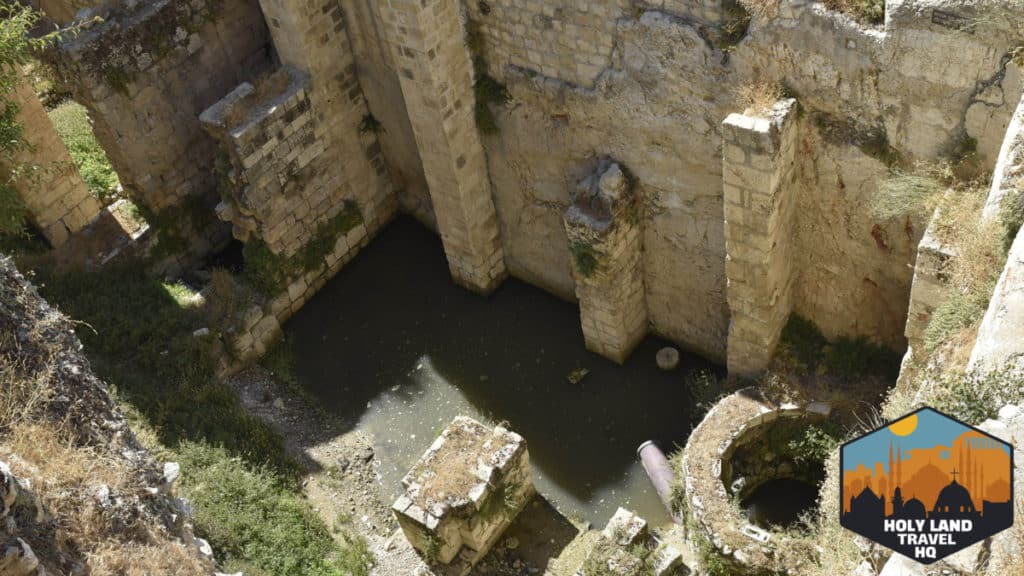
Bethesda Pools – John 5 tells the story of Jesus healing a crippled man at the pools of Bethesda near the Sheep gate. Also called the Lion Gate. In the 19th century, Archaeologists discovered a portion of the support structure for and colonnades for the pools. The fact that something described in the Bible was found exactly where the Bible said it was, makes the Pools of Bethesda fascinating.
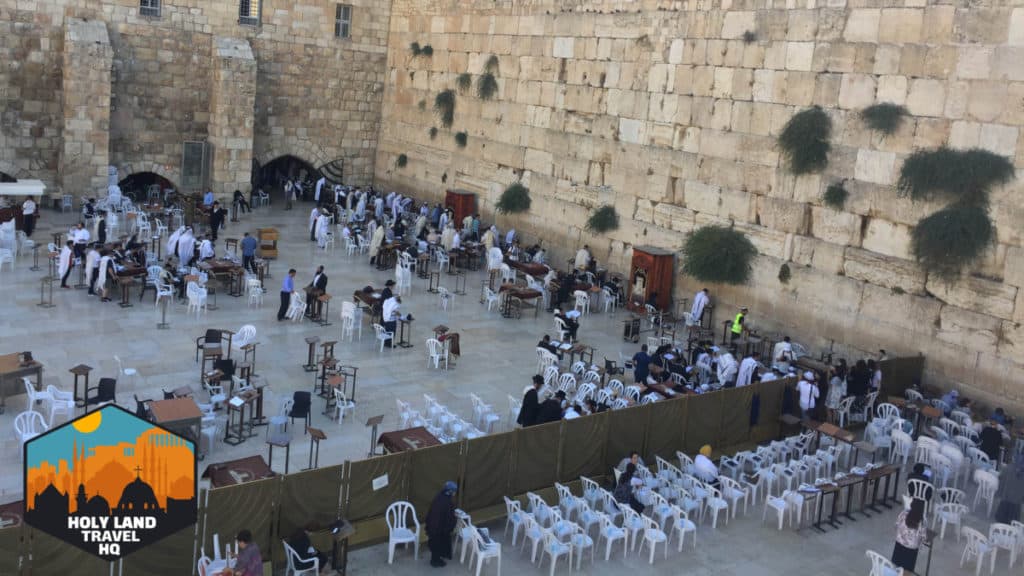
Western Wall – This is the site most associated with Jerusalem. The site is designated an active outdoor synagogue, which is why there is so much religious activity there on a daily basis. It’s not just an archaeological site. The wall itself is only a small portion of the larger west retaining wall of the Temple Mount.
The Western Wall doesn’t have any direct significance in the biblical narrative. However, it represents the significance of the Second Hebrew Temple which was a centerpiece in the Gospels. For more info on the Western Wall, check out my post on the site right here.
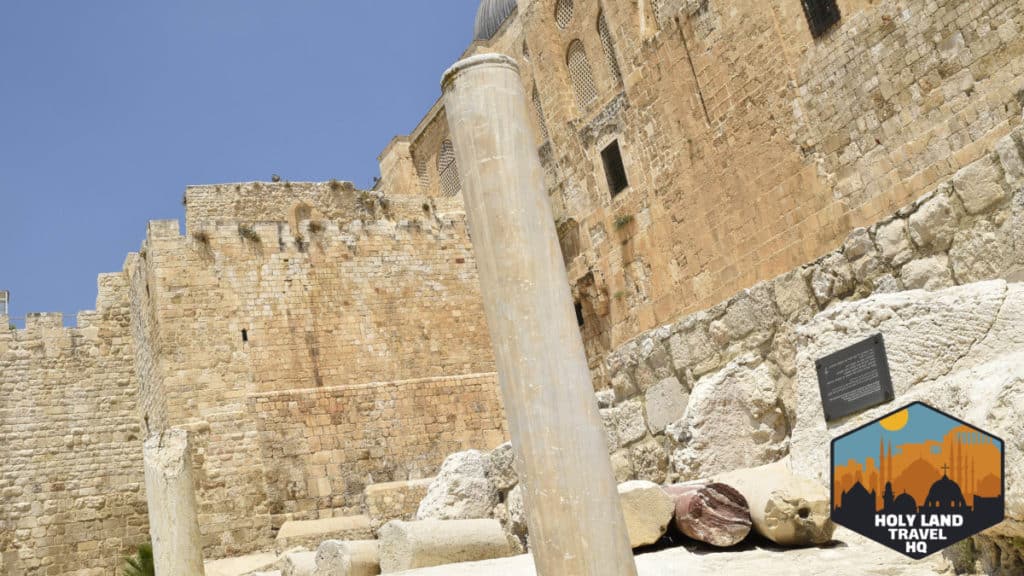
The Southern Steps – On the south end of the Temple Mount are the Southern Steps, which lead to the Double and Triple gates. The commoner would have used these steps to enter the temple for Passover, Shavuot, and Sukkot. This means that Mary and Joseph would have climbed these steps when they presented Jesus at the Temple (Luke 2:22). Jesus most likely climbed the same steps later in Luke 2 as a child. And then again in John 8 when he taught in the temple courts. The idea here isn’t that the Southern Steps are holy ground. Instead, they give us a picture of the 1st century and the world where Jesus walked.
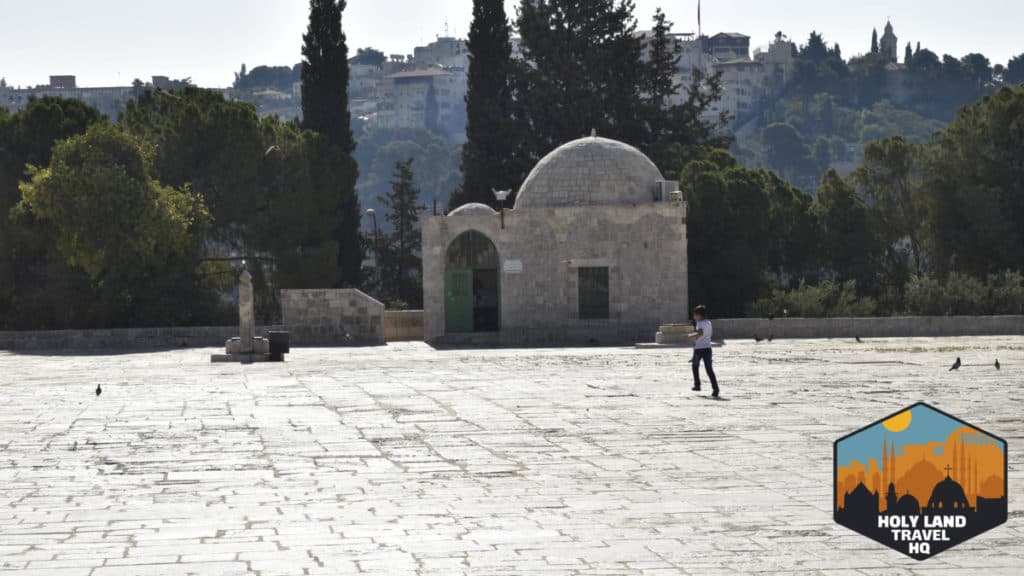
Temple Mount – This is the large stone-walled structure in which the Second Hebrew temple was built upon. Today it supports the Dome of the Rock and the Al Aqsa Mosque. Muslims call it the Haram al-Sharif or the “Noble Sanctuary.” The platform is approximately 37 acres. For more information on the Temple Mount check out my post on the Dome of the Rock right here. The entrance is next to the Western Wall. The exit will spit you out near the Via Dolorosa.
Via Dolorosa – This isn’t much of a site or even a series of sites. The Via Dolorosa is a street that tradition says was the path Jesus carried His cross on the way to Calvary. There are 15 stations of the cross. The first station is where Jesus stood trial in the Antonia Fortress. The actual location is near the Lions Gate. The path ends at the Church of the Holy Sepulchre, where Jesus was placed in the tomb.
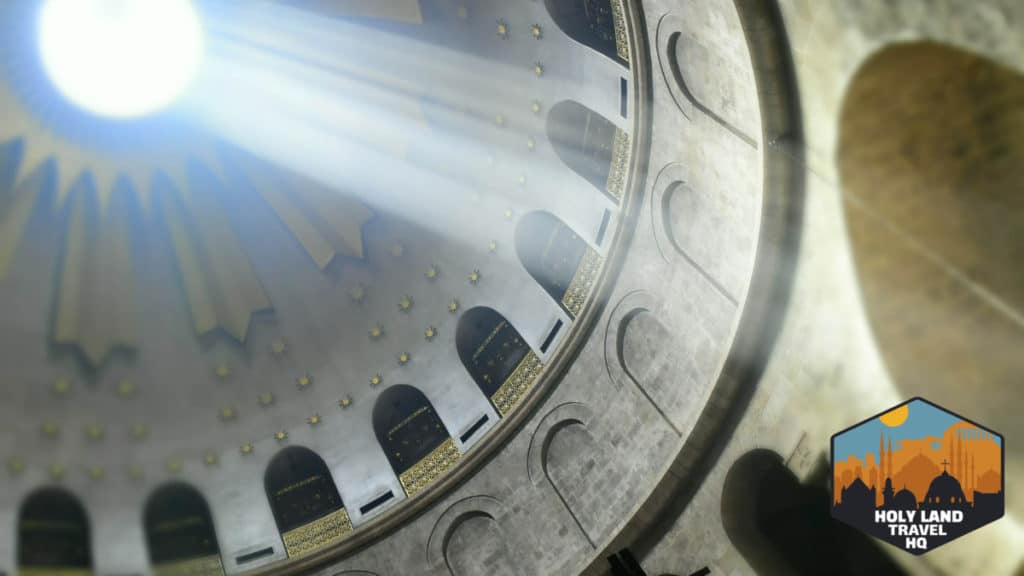
Church of the Holy Sepulcher – Finished in 325 CE, the church was built on the spot considered by tradition to be the tomb of Jesus. The earth around the tomb had been removed and the structure known as the Anastasis Rotunda was built around it. After converting to Christianity, Constantine sent his mother, Helena, to Jerusalem to find the tomb. The church has been a Christian pilgrimage site for almost 2,000 years. For modern crowds, it tends to be the most surprising site with its bevy of gaudy Medieval iconography and strange denominational territorialism.
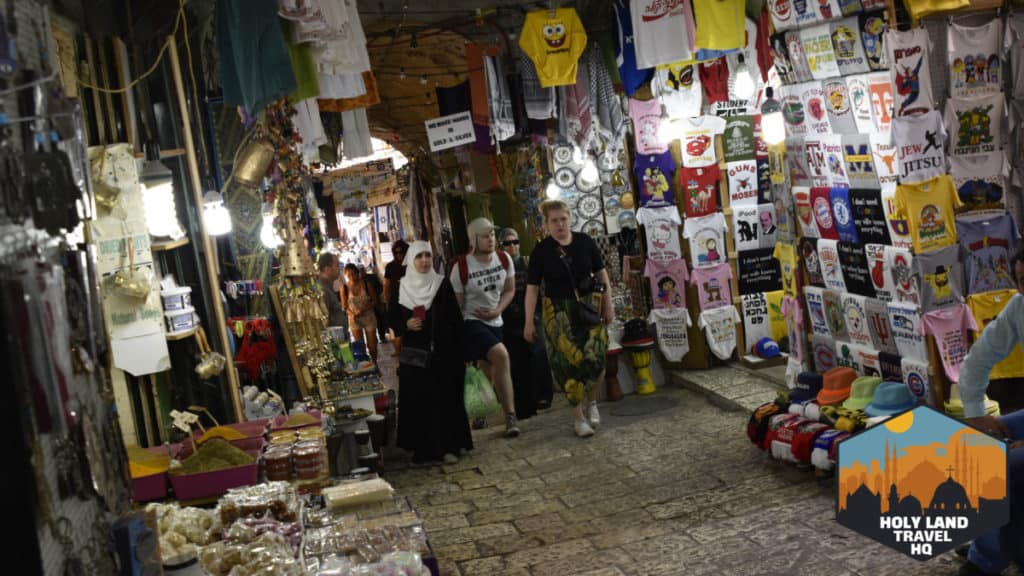
Old City Market – Surprise! You’re already in the market. The Old City is pretty much a big market. Some of the paving stones in the Old City Market are old. Possibly from the 1st century. The market was not around in the 1st century though. This doesn’t mean it’s not interesting or worth the adventure. The main thing you’ll find here though is souvenir shopping.
If you have it, Day 2 – The Museums
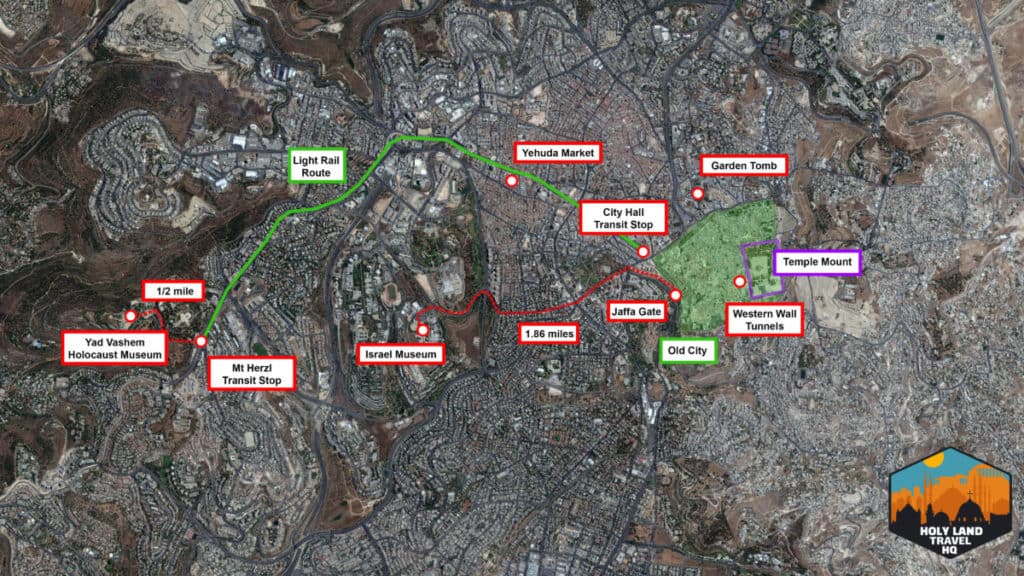
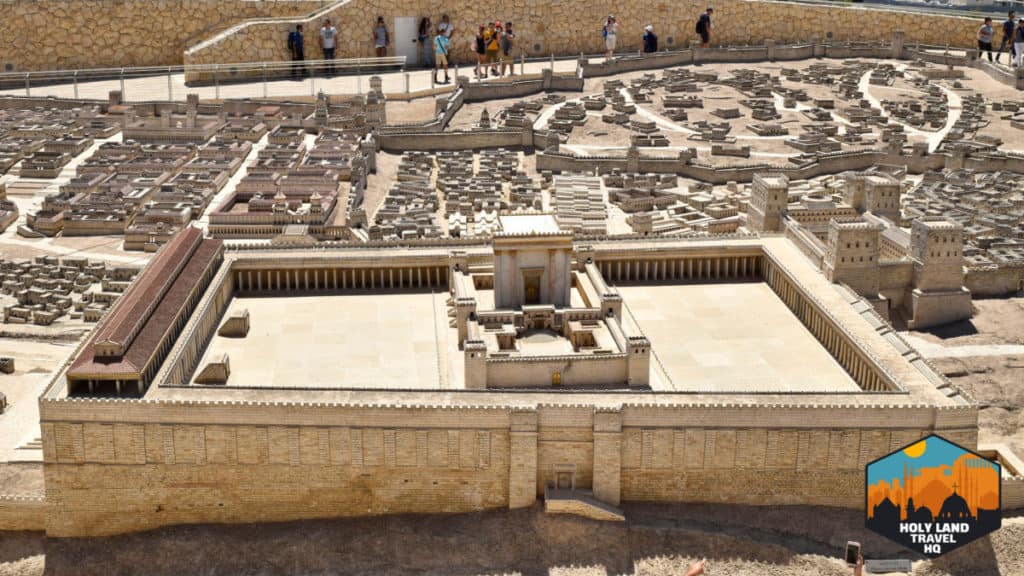
Israel Museum – The museum is home to thousands of finds throughout Israel. The exhibits span the full range of biblical and world history. The most notable exhibit is a full scroll of Isaiah found in the Qumran caves. In the last few years, it has been taken down and replaced with a full picture. It’s quite anti-climactic.
Holocaust Museum (Yad Vashem) – the Jewish Holocaust is a significant event in not only Jewish history but world history. Much like the Holocaust museum in Washington DC, this one is just as good.
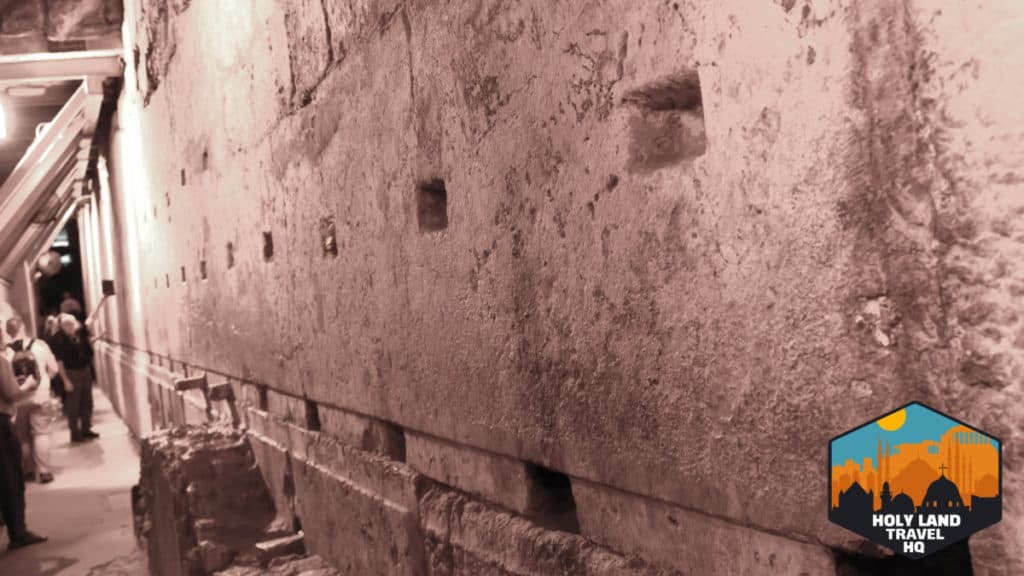
Western Wall Tunnels – the tunnels were discovered in the mid-18th century by British archaeologist Charles Wilson. Excavations since then have revealed the original 1st century sidewalk as well as some very large foundation stones. Tours of the tunnel are offered daily. They provide insight into the construction of the Temple Mount and what the city-scape looked like in the 1st century. For more information on the tunnels check out my post on the Western Wall.
If you get a three-day weekend, Day 3 –City of David and Mount Zion
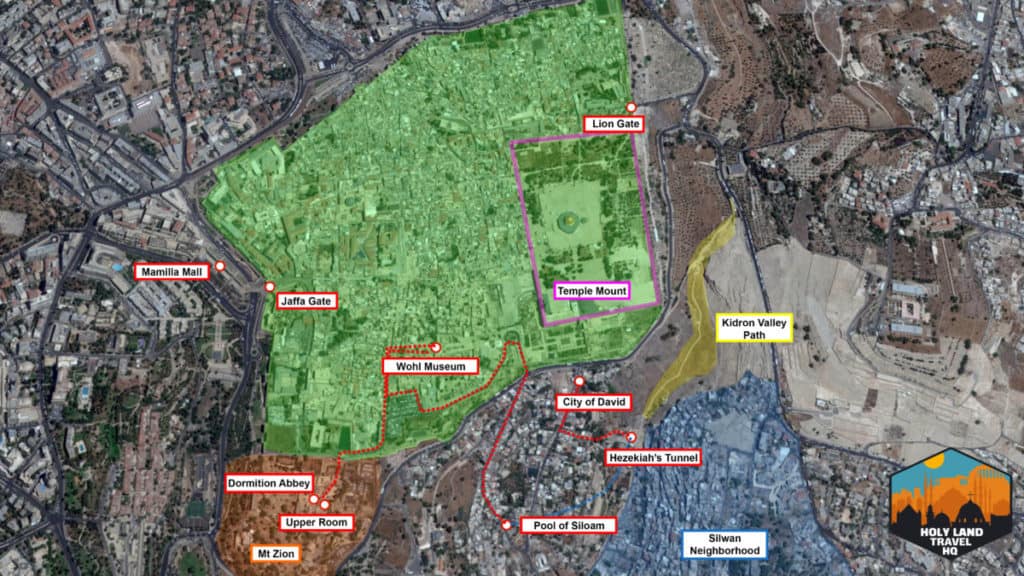
City of David – Over the past several decades, archaeologists have been uncovering the spot where the original city was located. During the time of David. Nehemiah’s wall has been discovered, as well as Hezekiah’s tunnel.
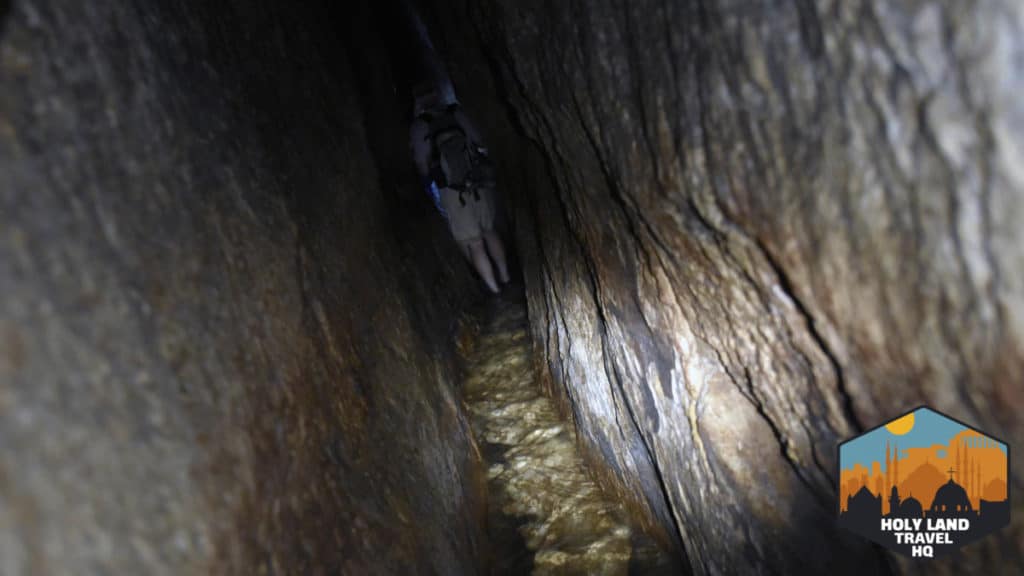
Hezekiah’s Tunnel – The tunnel was dug at the direction of Hezekiah prior to the Assyrian siege discussed in 2 Chronicles 32. The tunnel leads from the Gihon spring, which is outside the city wall, to the pool of Siloam, inside the city wall. It’s a fascinating trek as you get to walk through the entirety of the tunnel.

The Pool of Siloam – the tour of Hezekiah’s tunnel spits out at the Pool of Siloam. It’s nasty looking, but interesting because of it’s place in the Bible.

Wohl Museum Mount Zion (House of Caiaphas) – This is a museum in the Jewish quarter. It’s a site in which archaeologists believe to be the house of Caiaphas. If you remember, Caiaphas was the priest in the Gospels who opposed Jesus. The site gives visitors a glimpse into priestly living in the 1st century. As well as life in the 1st century in general.
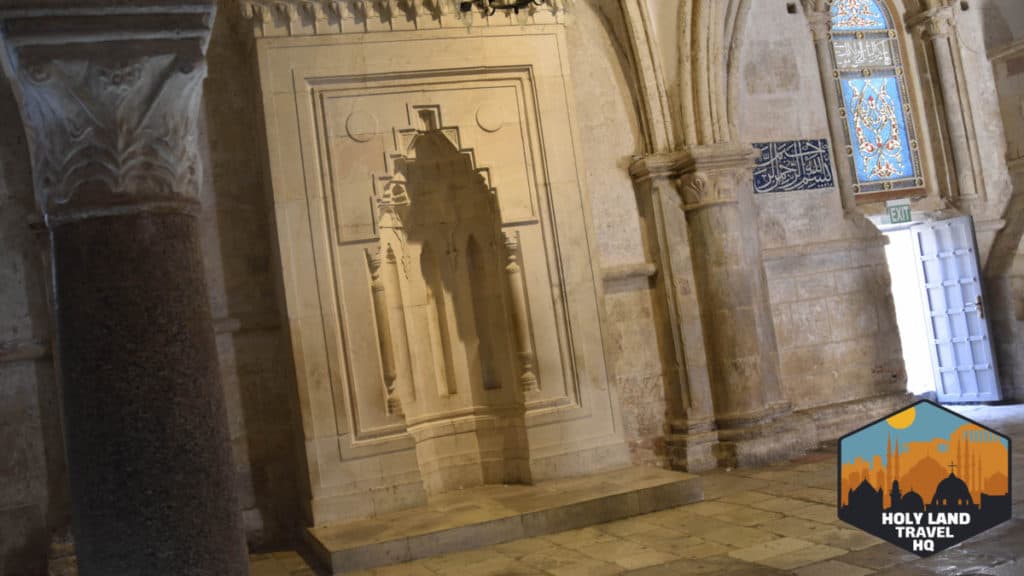
The Upper Room – Located inside the compound where David’s Tomb is located on Mount Zion. The upper room is the traditional location for the Last Supper. It has been spruced up and renovated over the last 2,000 years, so it hardly looks like a room from the 1st century. It’s possible the Last Supper occurred at the spot, and it’s just been hideously transformed. It’s more likely the original structure was destroyed and a new one erected. Or it’s largely symbolic and the location is just a hypothesis. Either way, it’s a Christian tradition.


